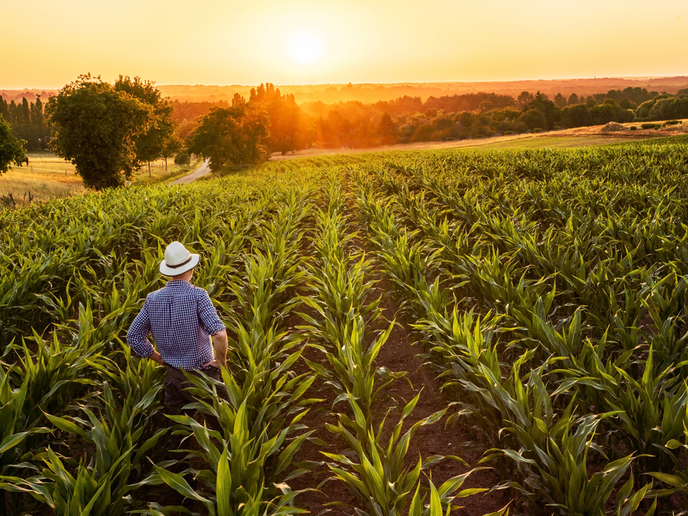Boosting forestry’s role in the green economy
Forests and forestry-related industries provide jobs, raw materials, food, medicines, clean water and other important ecosystem services. Forests also remove the equivalent of approximately 9 % of greenhouse gases emitted by other parts of the economy, making them central to the EU’s ambitious plans for a sustainable circular bioeconomy. But revamping the forest sector, with its many national authorities and local operators, requires an overarching effort, as forestry lags many other sectors in preparing for a green economy, according to ForestValue project coordinator Mika Kallio, project manager at the Ministry of Agriculture and Forestry, Finland. “The overall aim of ForestValue was to transform the forest-based sector by improving resource efficiency and production resilience, and also promoting innovation and competitiveness,” says Kallio. Identifying individual projects, including transnational and interdisciplinary research will help modernise the sector and its value chains, he says. “It reduces the fragmentation of the public funding effort for this specific forest-based bioeconomy area. The main idea was to issue a joint call for research proposals, to get the projects funded and implemented and then disseminate the outcomes of the scientific research.”
Dozens of individual projects selected
During the 6-year initiative, 17 projects were selected for EU co-funding, covering all aspects of forestry and the forestry industry. They included areas such as high-value wood products, wood grading solution technology and wood construction material innovations. While at the forest level, they covered guidelines for forest management, logistical solutions, forestry policy and recommendations. “There were many individual outcomes, but one of the main challenges was the need for intensified collaboration between different stakeholders, at both the EU and the national levels, in order to achieve the ambitious goals of the Green Deal and to decarbonise the European economy,” Kallio adds. “ForestValue succeeded in engaging key stakeholders from industry, research organisations and governments,” he explains. “The creation of such a powerful dedicated network is reducing research fragmentation and enhancing collaboration between leading research partners and industry.”
Bringing together small and large forest owners
The forest-based sector provides 3-4 million jobs in rural areas and income for 16 million forest owners. About 60 % of the forest area in the EU is privately owned and almost 90 % of private forest is less than 10 hectares. “We need a better understanding of the challenges faced by forest owners and operators, in particular, marginalised or smaller owners – for instance, here in Finland we have some 620 000 forest owners, a large majority of them small forest owners – and then to have insights on how they can be supported,” Kallio notes. One of the selected projects MultiForest investigated small-scale practices to maintain healthy forests and diverse ecosystem services, devising models to simulate future forest development under different climate change and management scenarios.
Impact of climate change
Understanding the social, environmental and economic impact of climate change on forests and the wood economy was another area of focus. For example, InFutUReWood investigated reuse of wood from existing buildings as structural material through small changes in design, reducing buildings’ environmental footprint. Another project ValoFor surveyed the trade-offs between timber harvesting and preserving biodiversity and climate change mitigation, which can affect the income of small-scale forest owners. It examined solutions such as management strategies and possible targeted payments to small owners for environmental services. The I-MAESTRO project devised simulation models to understand climate change and disturbance effects on existing and projected forest dynamics, collating data on past disturbances. With more consistent country-level data gathering on disturbances, such models can provide guidance for decision makers.
Keywords
ForestValue, MultiForest, ValoFor, I-MAESTRO, InFutUReWood, forests, forestry, Green Deal, decarbonisation, ecosystem services, greenhouse gases, bioeconomy, wood, wood products, timber, climate change, biodiversity







